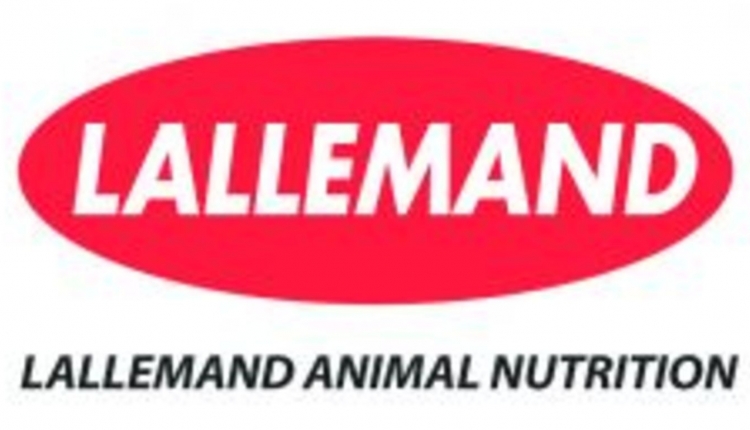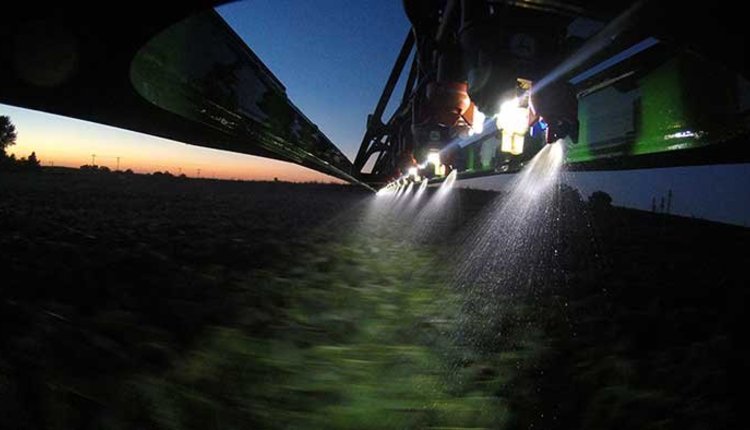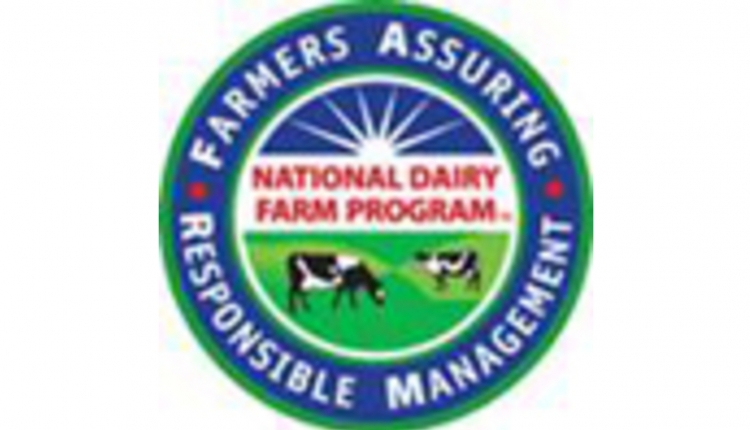As printed in our March 25, 2016 issue...
A $15.25 ALL-MILK PRICE represented USDA's latest 2016 price forecast. Since last May, economists have lowered the projection by $2.70 per cwt.
JANUARY MILK FELL TO A $16.10 All-Milk price, the lowest level since July 2010. However, lower feed costs continued to stabilize income-to-expense ratios. Nationally, January alfalfa was $147 per ton; corn was put at $3.66 per bushel and soybeans were valued at $8.71 per bushel.
INTERNATIONAL DAIRY PRODUCT PRICES could strengthen in late 2016 or early 2017, projected the University of Missouri's Food and Agricultural Policy Research Institute (FAPRI). However, U.S. milk prices will remain under pressure for the near term due to plentiful supplies.
LOWER PROFITABILITY could be the near-term 2016 forecast, suggested FAPRI. While dairy margins are not expected to revisit the lows of 2009, financial pressure will lead to slightly fewer milk cows nationally.
LAND PRICES COULD MODERATE by $250 per acre between 2015 and 2019 due to lower farm income, projected FAPRI. Actual results will differ across the country and will be sensitive to developments in agricultural markets along with the national and international economy.
MILK PAYOUTS COULD AVERAGE $9.30 per cwt. or $3.90 per kilogram of milk solids in New Zealand as Fonterra once again reduced its payout prospects. Prices could reach $10.50 with co-op earnings. Coming from the world's largest dairy exporter, Kiwi prices have been a global harbinger.
CANADIAN HEIFER INVENTORY (1 year or older) was 444,800 in January and has been flat since 2014; off 4.6 percent from five years ago.
THE U.S. HAD 4.82 MILLION HEIFERS (over 500 pounds) this January; up 2.4 percent from last year. Compared to five years ago, heifer inventories climbed 5.4 percent. Cow counts: U.S., 9.32 million; Canada, 959,600.
REPLACEMENTS FELL $150 per head from October to January due to lower milk prices and strong inventories. Averaging $1,830, heifers sold for a $2,000 high in Michigan with a low of $1,700 in three states.
THE TREND TO LARGER DAIRY FARMS will continue, suggested Rabobank economists. While opportunities exist for small farms, herds over 1,000 cows have 30 percent lower labor costs per cow and 21 percent lower capital recovery costs due to more fully utilizing equipment.
BRIEFLY: A streamlined food-labeling bill passed the Senate Ag Committee on a 14 to 6 vote. The measure would create national standards to label genetically modified foods (GMOs). Cotton supporters lost out in a push to designate cottonseed as a commodity. That label would make the by-product eligible for federal subsidy programs. Parmesan filled with wood fiber has become the basis for a lawsuit against Walmart.








